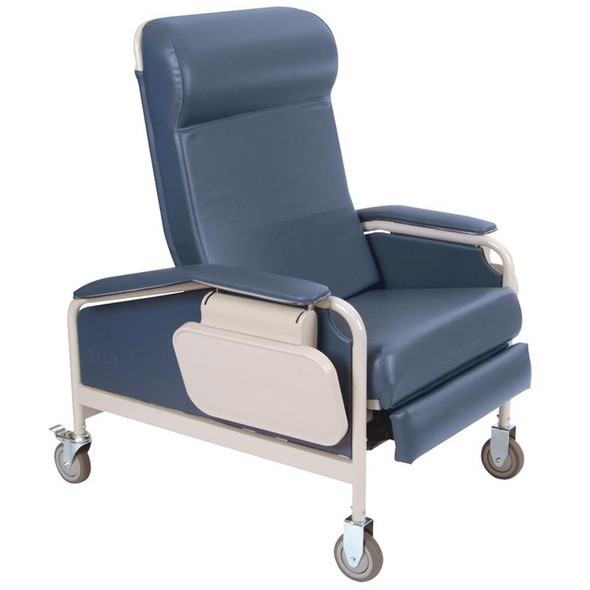
Patient Care
Patient care is a multi-disciplinary approach that involves a wide range of healthcare professionals, including doctors, nurses, and other medical staff, as well as support staff such as physical therapists, occupational therapists, and social workers. Each professional brings their own unique set of skills and expertise to the patient care team, and they work together to provide the most comprehensive and effective care possible.
Patient care refers to the provision of healthcare services and support to patients in order to help them recover from illnesses or injuries and improve their overall health and wellbeing. It includes a wide range of activities, including diagnosing and treating illnesses, providing preventive care, and managing chronic conditions. It includes the assessment of the patient's needs and condition, development of a care plan, and the provision of appropriate treatment and services to meet those needs.
There are many different types of patient care supplies available, and they are used for a wide range of purposes. Some of the most common types of patient care supplies and their uses include:
-
Diagnostic equipment: This includes items such as x-ray machines, CT scanners, MRI machines, ultrasound machines, and laboratory equipment. These items are used to diagnose and monitor patients' conditions and are essential for providing accurate and timely diagnoses.
-
Surgical equipment: This includes items such as surgical instruments, surgical lights, operating tables, anesthesia machines, and surgical robots. These items are used in the performance of surgical procedures and are essential for ensuring that surgeries are performed safely and effectively.
-
Medical consumables: This includes items such as bandages, syringes, gowns, gloves, and sterilization supplies. These items are used in the treatment and care of patients and are designed to be used once and then discarded. They are typically replaced on a regular basis to ensure that patients receive the best possible care.
-
Medications: These are used in the treatment and management of patients' conditions and may be prescribed by a healthcare provider. They can include prescription drugs, over-the-counter medications, and herbal supplements.
-
Medical gases: These are used in the treatment of patients who have difficulty breathing, like oxygen, nitrous oxide, and carbon dioxide.
-
Medical devices: These are used to replace or support the function of a patient's own body parts, like pacemakers, artificial joints, prosthetic limbs, ventilators, and dialysis machines.
-
Patient Monitoring Devices: These devices are used to monitor vital signs, such as heart rate, blood pressure, oxygen saturation, and temperature. They include electronic devices such as EKG, pulse oximeter and others.
-
Rehabilitation equipment: These include items such as wheelchairs, crutches, walkers, and other equipment that help patients regain their mobility and independence.
-
Medical Furniture: These include items such as hospital beds, exam tables, and recliners that are designed to provide comfort and support for patients during their treatment and recovery.
-
Incontinence Supplies: These include adult diapers, underpads, and other items used to help manage incontinence in patients.
-
Mobility Aids: These include items such as canes, walkers, and crutches, which help patients move around independently.
-
Wound Care Supplies: These include bandages, gauze, dressings, and other items used to care for wounds.
-
Nutrition and Hydration Supplies: These include items such as feeding tubes, enteral nutrition formulas, and IV fluids used to provide nutrition and hydration to patients.
-


XL Convalescent Recliner
Winco
$2,559.28The XL Convalescent Recliner is the ideal long-term care, or rehabilitation chair for those who need a comfortable and reliable piece of equipment that can be used both in the home and out. The key feature of this chair is the drop-arm design for easy...$2,559.28
